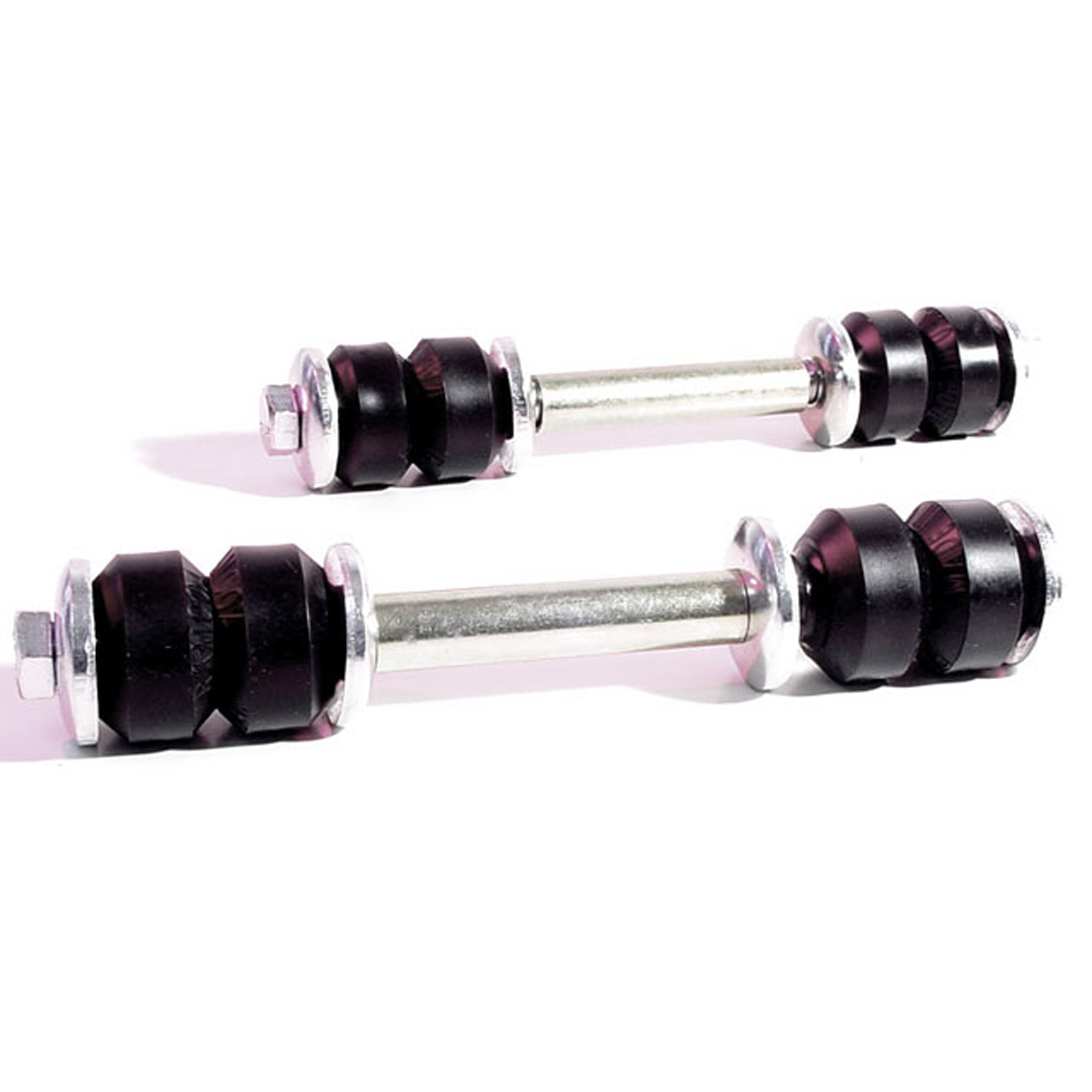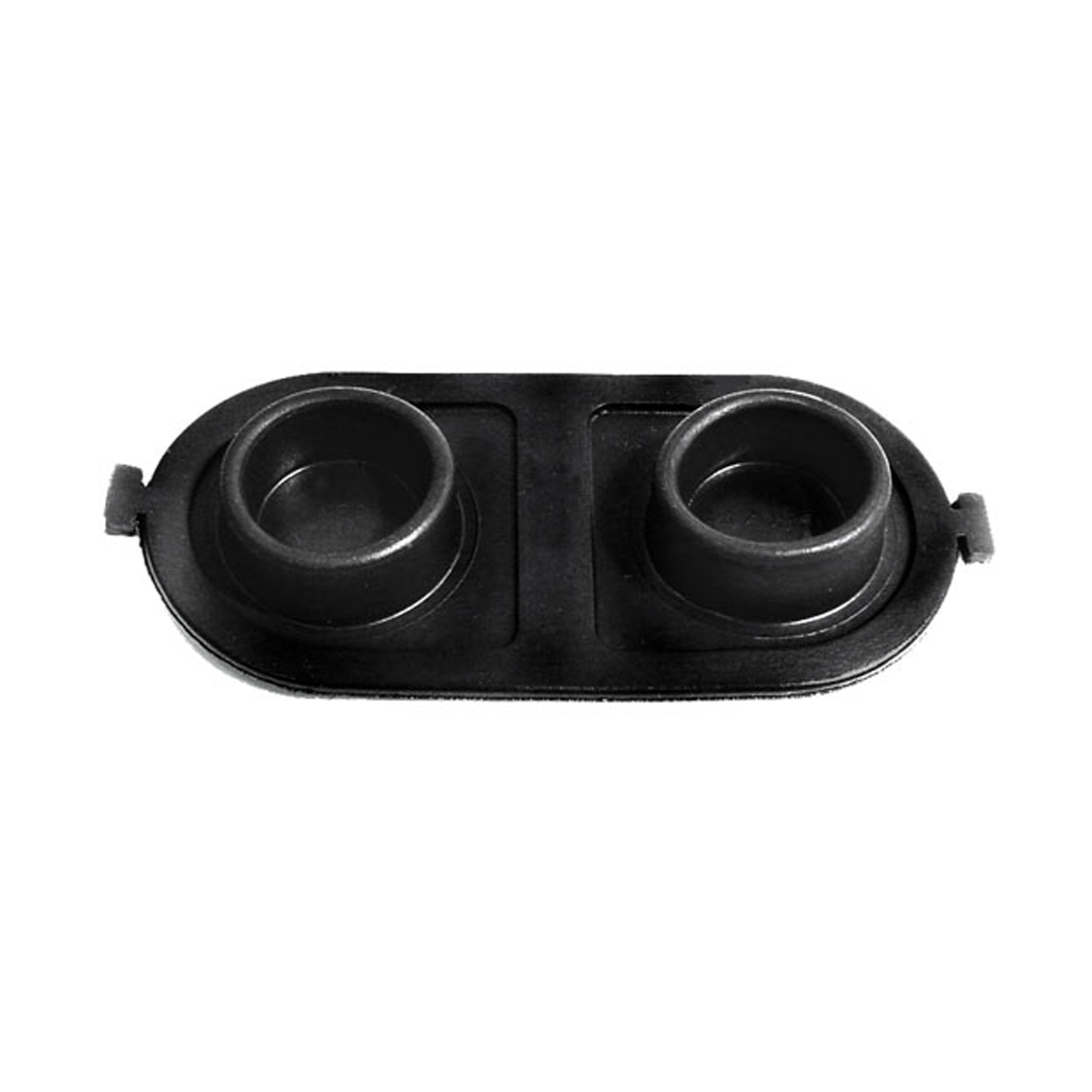Image of 1981 Pontiac T1000, Note: These illustrations use artistic license and may differ from actual historical models.
Performance Metrics
Fundamental Metrics
Emotional Appeal
MMP Rating
| Engine Specifications | |
|---|---|
| Engine: | 1.6L I4 |
| Displacement: | 1.6L |
| Horsepower: | 70-75 hp |
| Torque: | 80-85 lb-ft |
| Compression Ratio: | 8.5:1 |
| Ignition System: | Electronic Ignition System |
| Cooling System: | Liquid Cooled |
| Performance Specifications | |
| 0-60 Time: | 14-16 seconds |
| 1/4 Mile Time: | 18-20 seconds |
| Top Speed: | 90-95 mph |
| Transmission and Drive | |
| Drive Type: | FWD (Front Wheel Drive) |
| Transmission Type: | 4-speed manual or 3-speed automatic |
| Fuel and Efficiency | |
| Fuel System Type: | Carburetor |
| MPG: | 25-30 mpg |
| Dimensions and Brakes | |
| Brakes: | Front Disc and Rear Drum Brakes |
| Wheelbase: | 97.3 inches |
| Weight: | 2100-2200 lbs |
Note: Specifications for classic cars are given to the best of our ability, considering the limited and variant data available.
Unveiling the Underdog: The 1981 Pontiac T1000
The 1981 Pontiac T1000 emerged as a testament to practicality and efficiency during a time when the automotive industry was undergoing significant change. Born from the stables of General Motors, this unassuming compact car was Pontiac's answer to the fuel crises of the 1970s, offering consumers a more economical driving option. Despite sharing its platform with Chevrolet's Chevette, the T1000 boasted unique styling cues and branding that set it apart. A notable moment in its history was its role as a pace car for various racing events, which added a touch of excitement to its otherwise utilitarian image.
Design and Innovation
With its boxy silhouette and angular lines, the T1000's exterior styling was quintessentially early '80s. The vehicle's design prioritized function over form, yet it retained a certain charm that appealed to budget-conscious buyers. Inside, the cabin featured straightforward instrumentation and hard-wearing materials designed to withstand daily wear and tear. Technological features were sparse but adequate for the era, with an AM/FM radio and air conditioning among the optional extras. Color options ranged from understated earth tones to brighter hues, with shades like Cameo White and Bright Blue Metallic catching buyers' eyes. The most common body style was the two-door hatchback, which offered a balance of compact dimensions and practical cargo space.
Historical Significance
The T1000's introduction marked a shift in American car manufacturing towards smaller, more fuel-efficient vehicles. It stood out for its affordability and low running costs at a time when consumers were increasingly conscious of fuel economy. Its legacy lies in its contribution to the downsizing trend that would shape automotive design for years to come.
Performance and Handling
Under the hood, the T1000 housed a modest 1.6-liter inline-four engine that delivered just enough pep for city driving. Top speed was modest by today's standards, but acceleration from 0-60 mph was adequate for merging onto highways during that era. Handling was nimble enough for urban environments, though it could feel less composed on uneven terrain or at higher speeds. Drivers could expect a no-frills experience behind the wheel—a reminder of simpler times in automotive history.
Ownership Experience
The T1000 served primarily as an economical daily driver but also found a niche among car enthusiasts who appreciated its simplicity and ease of modification. Maintenance was generally straightforward, with parts being widely available due to its shared components with other GM models. Reliability was one of its strong suits, making it a sensible choice for those seeking fuss-free ownership.
Fun Facts
Although not known for breaking records or headlining glamorous events, the T1000 did have its moments in the spotlight. It occasionally appeared in background scenes of films and TV shows set during the early '80s. Criticisms often centered around its lackluster performance and bare-bones features—yet these very attributes contributed to its charm among certain circles.
Collector's Information
Today, finding a 1981 Pontiac T1000 in pristine condition can be quite rare. Production numbers were substantial due to their popularity as economical transportation options; however, many have succumbed to time and rust. As for value range, well-preserved examples could fetch anywhere from $2,000 to $5,000 depending on provenance and condition—a testament to their growing status as quirky collectibles rather than high-ticket classics.
Conclusion
The 1981 Pontiac T1000 may not have been destined for the limelight or revered for groundbreaking innovation; however, it carved out its niche as an affordable and reliable vehicle that reflected an era of change in automotive preferences. Its significance lies not in raw power or luxury but in its embodiment of practicality—an unassuming hero of its time.
1981 Pontiac T1000 Catalog of Parts
 1981 Pontiac T1000 Front Stabilizer End Repair Kit-BNK 23Front Stabilizer End Repair Kit. 22-piece set for two stabilizer bars. Contains all rubber bushings, washers, bolts and nuts, enough for one front end. Set
1981 Pontiac T1000 Front Stabilizer End Repair Kit-BNK 23Front Stabilizer End Repair Kit. 22-piece set for two stabilizer bars. Contains all rubber bushings, washers, bolts and nuts, enough for one front end. Set 1981 Pontiac T1000 Trunk Liner. Loose weave, jet black. 50" wide-M 30Trunk Liner. Loose weave, jet black. 50" wide. Sold by the foot
1981 Pontiac T1000 Trunk Liner. Loose weave, jet black. 50" wide-M 30Trunk Liner. Loose weave, jet black. 50" wide. Sold by the foot 1981 Pontiac T1000 Brake Master Cylinder Cover Seal. Replaces OEM #5470861-RP 2-EBrake Master Cylinder Cover Seal. Replaces OEM #5470861. 5" X 2-1/2". Each
1981 Pontiac T1000 Brake Master Cylinder Cover Seal. Replaces OEM #5470861-RP 2-EBrake Master Cylinder Cover Seal. Replaces OEM #5470861. 5" X 2-1/2". Each 1981 Pontiac T1000 Rear Windshield Reveal Molding Clip. Made of steel-WF 211Rear Windshield Reveal Molding Clip. Made of steel. 15/16" X 3/4". Each
1981 Pontiac T1000 Rear Windshield Reveal Molding Clip. Made of steel-WF 211Rear Windshield Reveal Molding Clip. Made of steel. 15/16" X 3/4". Each 1981 Pontiac T1000 Lower Side Window Reveal Molding Clip. Made of nylon-WF 214Lower Side Window Reveal Molding Clip. Made of nylon. 1-1/4" x 3/4". Each
1981 Pontiac T1000 Lower Side Window Reveal Molding Clip. Made of nylon-WF 214Lower Side Window Reveal Molding Clip. Made of nylon. 1-1/4" x 3/4". EachWhy Choose Metro?
For over 100 years, Metro Moulded Parts has been the pinnacle of quality in classic car restoration parts. Our commitment to precision and authenticity in every component ensures a perfect fit and an OEM-level appearance.
- Expert Craftsmanship & Quality: Each part is a testament to our dedication to reliability and perfection, crafted from original designs and thoroughly tested.
- Advanced Technology: We use cutting-edge techniques to create flawless, long-lasting parts that surpass others in performance.
- SuperSoft Sponge – The Ultimate Door Seal: Not only are our door seals 30% softer than competitors', but they're also guaranteed to never leak. They effectively reduce wind and road noise, enhancing your classic car's comfort and driving experience.
- Proudly American: Our parts are a product of American craftsmanship, made in the USA with a spirit of excellence and heritage.
- Unrivaled Warranty: We back our products with a 30-year industry-leading warranty, a testament to our confidence in their quality.
Join us in preserving the legacy of classic cars with parts that are crafted for perfection, not just made.

